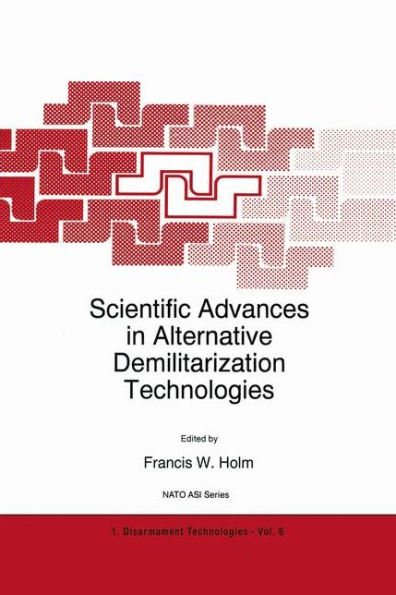5
1
9780792340355


Scientific Advances in Alternative Demilitarization Technologies / Edition 1 available in Hardcover

Scientific Advances in Alternative Demilitarization Technologies / Edition 1
- ISBN-10:
- 0792340353
- ISBN-13:
- 9780792340355
- Pub. Date:
- 05/31/1996
- Publisher:
- Springer Netherlands
- ISBN-10:
- 0792340353
- ISBN-13:
- 9780792340355
- Pub. Date:
- 05/31/1996
- Publisher:
- Springer Netherlands
109.99
In Stock

Product Details
| ISBN-13: | 9780792340355 |
|---|---|
| Publisher: | Springer Netherlands |
| Publication date: | 05/31/1996 |
| Series: | NATO Science Partnership Subseries: 1 , #6 |
| Edition description: | 1996 |
| Pages: | 176 |
| Product dimensions: | 8.27(w) x 11.69(h) x 0.24(d) |
From the B&N Reads Blog
